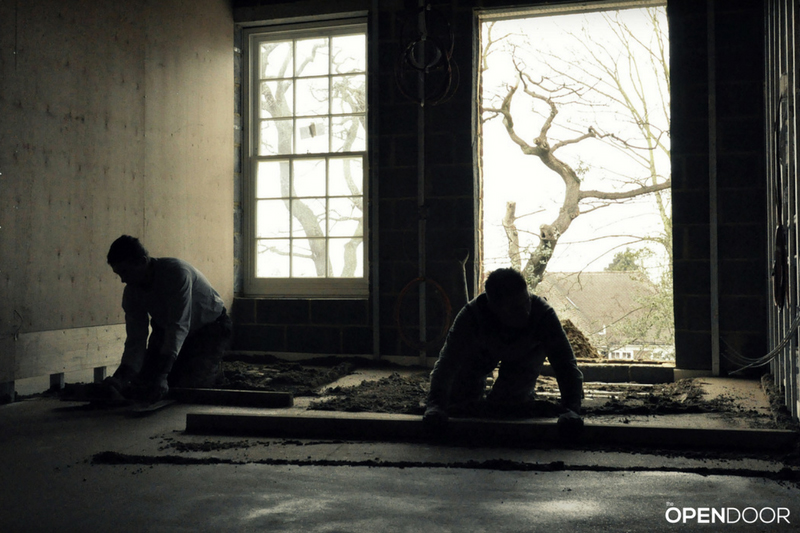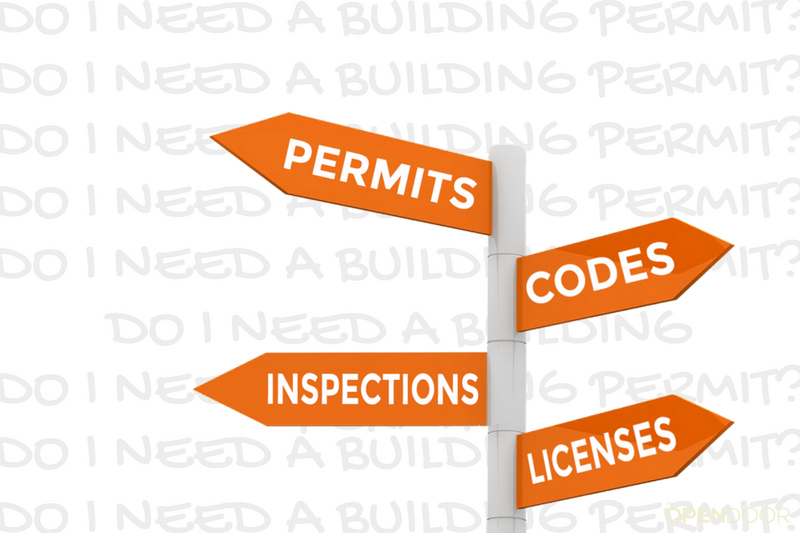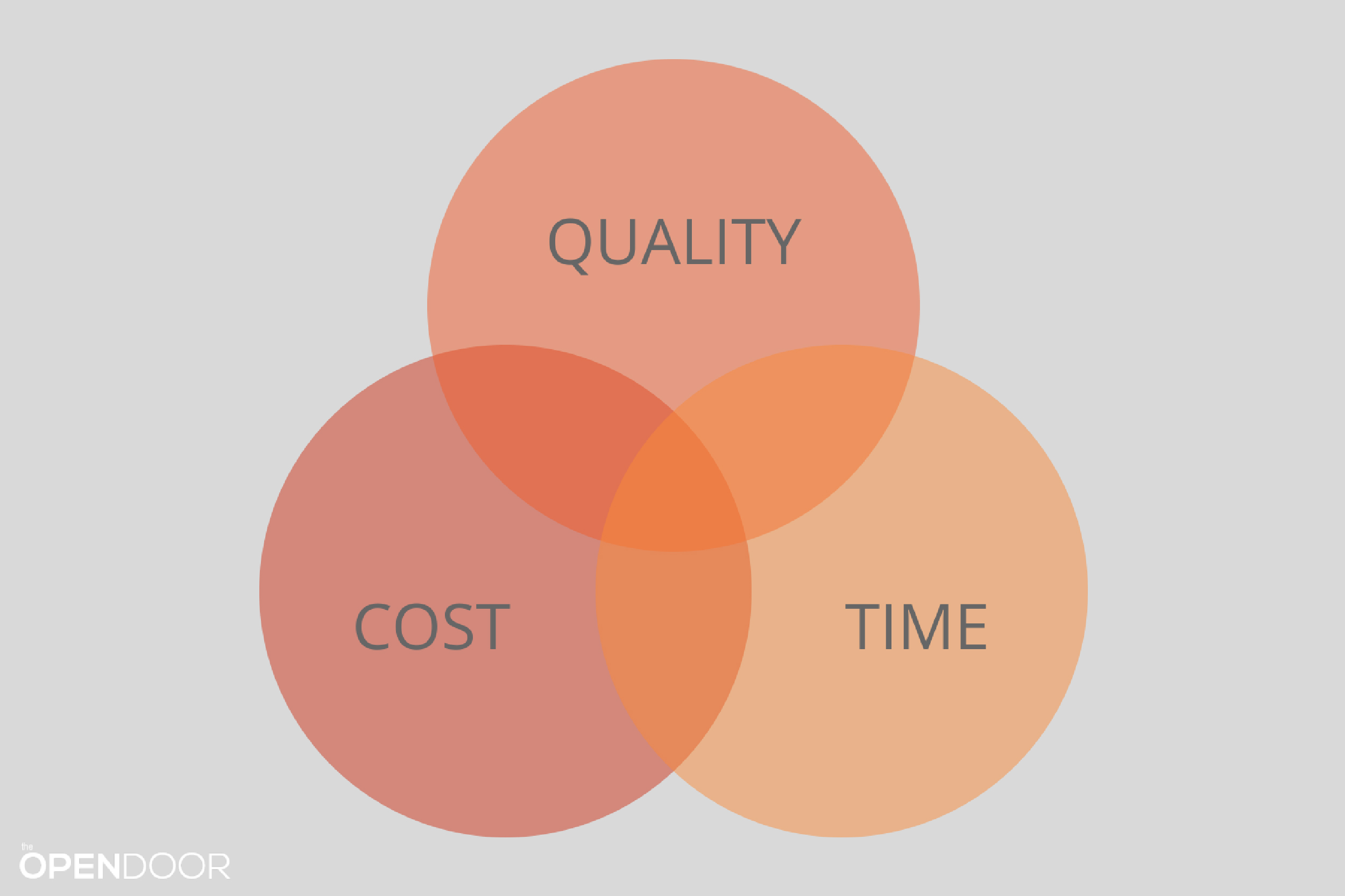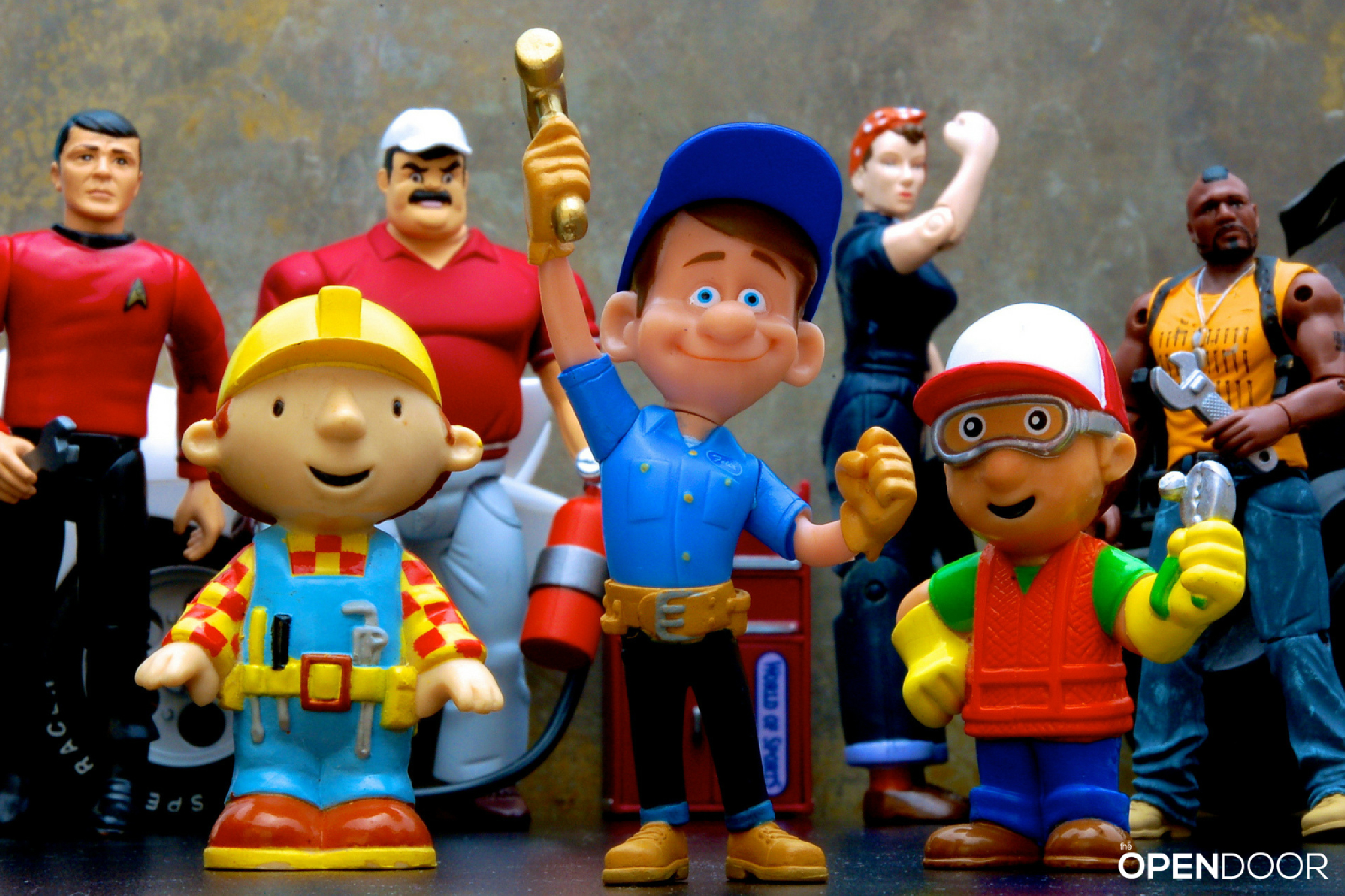You’ve heard the say, “There’s no ‘I’ in team” and have seen the acronym:
Together
Everyone
Achieves
More
To create something out of thin air as complex and as important as your home, you need a great team. Your project team is not unlike the little league team you played on as a kid or the pro game you watched last night.
On teams, everyone is different. Everyone has different personalities, strengths, duties, and responsibilities. But everyone works together to achieve a common goal. Your project is no different.
Who is on your project team?
Several people or groups of people make up your project team. There is a design group such an architect, designer, or draftsperson and potentially engineers for structural, surveying or mechanical services. There is a construction group which consists of a builder or general contractor and various subcontractors, vendors, and suppliers. There are inspectors, city officials, bankers, lawyers, and realtors. And there is you, the owner.
It’s a deep team roster.
 How can you ensure everyone works together to create your project?
How can you ensure everyone works together to create your project?
Follow these guidelines to help create an effective and successful project team that works together to create your important project:
- Set project goals.
- Trust and respect each other.
- Define duties and responsibilities.
- Plan and prepare to mitigate risk.
Set project goals.
On any team, members share the common goal of wanting to win, and in your case, of wanting to complete a good project. In sports, players have different motivations and priorities. They play just to have fun, because their parents made them, or because they want to get good enough to get a college scholarship or play professionally. Like sports, the team players on your project team may have conflicting priorities, as well.
You, as an owner, want value for your money, a well-designed house that you’ll love, a solid structure that will stand the test of time, and house that will get a return on investment down the road. Your design team wants to create a home design that looks good, feels good, functions well, is safe, and that you love. The contractors want a house that is built well and doesn’t leak or collapse. Inspectors are concerned with health, safety, and welfare. Bankers, lawyers, realtors, vendors, and city officials are all concerned with other specific things, too.
Aligning all these interests and completing a project on time and on budget requires teamwork from all participants.
The most important component to this success is making sure everyone is on the same page regarding the project goals.
Prior to design, you set project goals and defined them in your Project Design Brief for your design team. During the design process, you and your team worked to create a design that aligned with these project goals in terms of budget, aesthetics, qualitative and quantitative features, etc.
During the construction process, there are a lot more players in the game. A great way to ensure everyone understands the project goals is to have a preconstruction kick-off meeting.
In this meeting, everyone agrees to the objectives of the project, such as emphasizing safety, staying on budget, creating a certain style of house, and building to a specific schedule. Establish work hours, roles and responsibilities of each person, protocols for communication, and rules for the job site (i.e. smoking, noise levels, parking, deliveries, toilet usage, etc). Give everyone a chance to comment and contribute to the process so that everyone feels like they are a part of the team. Be flexible when you can, but stand your ground when something is important to you.
Trust & respect each other.
Like any sports team, the key to working effectively together is to trust and respect each other. No one on your baseball team was alike. Everyone had different strengths and weaknesses. Everyone had different personalities. Johnny had a better arm. Diego had a better glove. Mathew had a great bat. And then there was Chucky who always seemed to make everyone feel better when they missed a grounder, struck out, walked the batter when the bases were loaded.
Even though Diego was great in the field, he knew that Johnny would be backing him up if he missed the ball. And if Mathew only hit a single when he was used to hitting doubles or triples, that Chucky would bunt him over to second. Everyone respected everyone else and trusted that the rest of the team would have their backs.
Your project team should be no different. Everyone on the team is different yet they must cooperate closely to orchestrate the entire project. Each team member is from different professions, have different training and expertise, and approach problem-solving differently. Your architect thinks visually, your engineer thinks in numbers and data, and your contractors think in a hands-on way. Getting to know everyone on the team, learning how everyone works best and understanding that the collective mind can solve more than a singular mind can help the team members build trust and respect in each other. Setting the stage for collaboration in lieu of finger pointing will help you lead your team to victory.
Everyone has their own duties & responsibilities and they should not overlap.
Everyone has their own duties & responsibilities and they should not overlap.
When working as a team, each member plays a different position based on their strengths and weakness. Kara at 6′-5″ playing center has different skills than Lisa at 5′-8″ playing point guard. They also have different duties and responsibilities. Kara facilitates the plays, passing the ball around the court to open players. Lisa works the low post and gets rebounds.
To function effectively, each team member understands their own duties and everyone else’s responsibilities also.
On your project, your architect or designer will have certain responsibilities while the contractor has others. But there is also the chance for overlap and confusion regarding who has responsibility for certain aspects of the project, which can lead to additional time and money if not handled properly. As mentioned above, during the pre-construction meeting is a good time to make sure everyone knows what everyone else’s role and responsibilities are so that when things arise during construction, everyone will know who should be doing what.
For example, during a site visit with the electrician, you decide you want to use recessed can lights instead of pendant fixtures. Your electrician could locate those lights, your general contractor could, or your architect/designer could. Who does it? Determining this role early on will set the stage for a smoother process. If you want to leave all design questions to the designer, then make it known. There might be certain reasons why a recessed light may not work in certain locations. Having your designer select where to locate the fixtures may save you from having to relocate them later had the electrician or contractor placed them.
At the beginning of the project, each team member should set out what he is responsible for. This will prevent overlap of duties that can cost money and cause confusion. For instance, design engineers need to make field visits to confirm that the engineering specifications they are liable for are being met. The architect or contractor should not be doing this job.
Plan and prepare to mitigate risk.
When you’re playing against the best team in the league, what do you do?
You practice, you study the other team, and you come up with a strategy to beat them.
Your project is no different. You’re going up against an uncertain future. You need to plan, prepare, and take measures to manage risks.
In football, you and your team practice and practice. You run drills, plays, and condition yourselves. You watch tapes of the opponent to understand their strengths, weakness, and tendencies. And then you come up with a strategy to beat them. Maybe you double team the fastest wide receiver. Maybe you drop an extra linebacker back to cover the pass. Maybe you switch your left and right guards because you notice a mismatch opportunity. All of these things help you manage risk and perform better against your opponent.
For your house project, planning ahead for the process, preparing for what’s to come, learning, selecting a quality team, and protecting yourself and the project from potential issues that might arise are important to the success of your project.
Establish open lines of communication and encourage teamwork and collaboration. Talk about your concerns, project constraints, or other issues that might affect the project early and often with everyone. Encourage the rest of the team to discuss issues amongst themselves and with you. If everyone is aware of potential issues, you all can plan ahead and prepare accordingly to mitigate the risk of things turning south.
For example, if you’re concerned about the budget, frequently talk about cost concerns with your architect and contractor. They both may have interesting ideas to stay on budget and help minimize costs.
If your architect is concerned about a waterproofing detail in their design, sharing this concern with the contractor is a great way to collaborate as a team to figure out a better solution. It also makes the contractor stay on top of things during construction and pay particular attention to those areas during installation. The last thing they want is a call back from an unhappy homeowner with a leak.
Or another example: If your contractor learns that a certain material has a long lead time that will impact the schedule, discussing it with the designer and you may result in everyone agreeing to change the material to something with a faster delivery.
With open lines of communication, your project team can plan, prepare for the risks, and based on the likelihood and consequence of their occurring, develop a way for mitigating or reducing each risk.

Your project is only as good as the team you select to help you achieve it. Select your team members carefully and create an environment that fosters openness and collaboration. By setting project goals, trusting and respecting each other, defining roles and responsibilities, and planning ahead to mitigate risk, you are well on your way to creating a successful project.
And, I think everyone on the team would sleep better at night knowing they can count on each other to complete your house together.
I’d love to hear your thoughts on this. Please share them in the comments below.









